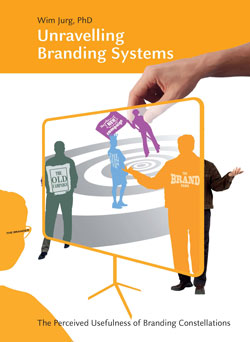With reference to van Santen, W., Jonker, C. and Wijngaards, N. (2009) ‘Crisis decision making through a shared integrative negotiation mental model’, Int. J. Emergency Management, Vol. 6, Nos. 3/4, pp.342–355. (link to article)
Abstract
[.] Authors do not mention that decision making during crisis also takes place in the field (golden hour), where command-and-control does function. As a result, and due to political context, it is my experience that it is especially hard for decision makers to get the right information at the right time. Well, let us follow the lead of decision making in a bureaucratic context and follow the conclusion. What exactly does a ‘shared teamwork mental model’ mean? I agree, the given context can be seen as a negotiation proces. Parts of it, to be more precise: negotiation in between orientation and decision making phases. Within a repetitive iteration of dialogues. A multidisciplinary setting -in which most parties might have something valuable to offer to the others- a cooperative approach certainly can be a promising approach of decision making. I’ll read on to find out why ‘assertiveness’ is a second recommendation. However I’m wondering. What’s with wrong with C2 and fine chairmanship in decision making within time restrictions?
[-] 1-Introduction
…{because of the fact that} … decision making can … be seen as a negotiation process {within the given context}, …an assertive and cooperative approach is best suited, and {therefore} …a shared integrative model of negotiation {is best for} crisis decision making. That sounds quite bold to me.
[!] 2-Bureaucratic politics in crisis management
I agree.
[-] 3-A negotiation perspective on crisis decision making
‘So during crises, the optimal negotiation attitude is a win-win attitude.’… I don’t think an army decision maker would agree.
[!] 4-Mental models in collaborative decision making
Nice outline of (shared) mental models.
[.] 5-Mental models of negotiation in crisis decision making
I would like to add that perhaps recognizing the used mental models is important. I can’t imagine a good bureaucrat without this capacity.
6-Conclusion
* C2 doesn’t hold. I agree, some other situations need other tactics
* Crisis decision is -in my opinion- more than negotiation only. Negotiation should connect two other phases (orientation and decision making itself), before the next phase (delegating actions).
* I cannot agree that in every scenario of crisis decision making there is allways one suitable approach.
* This goes for the seemingly preferred ‘shared integrative model’ as well. Why don’t we ask Defcon.
* Yes, focussing on a shared goal is insurmountable for multidisciplinary decision making.
I would propose to extend C2 (Command-and-Control) toward C3 (C2 + Communication). C3 as adagium of sharing information on the fly and learning how others work and thereby creating mental models.
Page 68-69 in this article (Department of Internal Affairs, 2009) refers to Dynamical Situation Reports, successfully tested in decision making training during crisis in a bureaucratic, political context. The article pleads for cooperation, not necessarily for assertiveness.
It’s all about sharing information and not about being assertive (to something). We should try to make serendipity work. The same way xTRIZ (Valeri Souchkov) uses the Ideal Final Solution: use a problem to solve itself/it’s unwanted side effects.
Let’s define our ultimate goal, true Collaboration, the ultimate sum of C2 & C3, with an explosive working title: C4.
